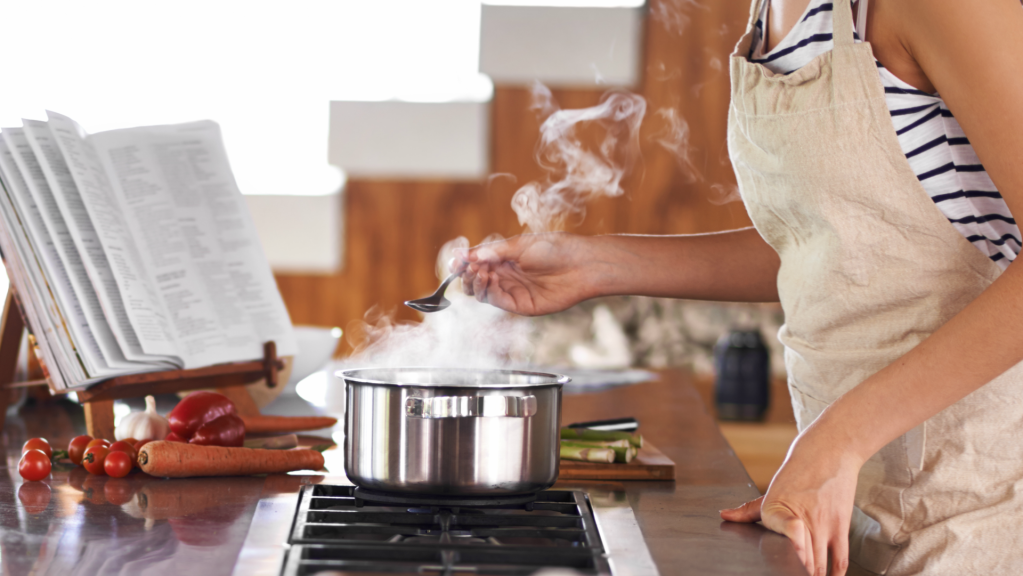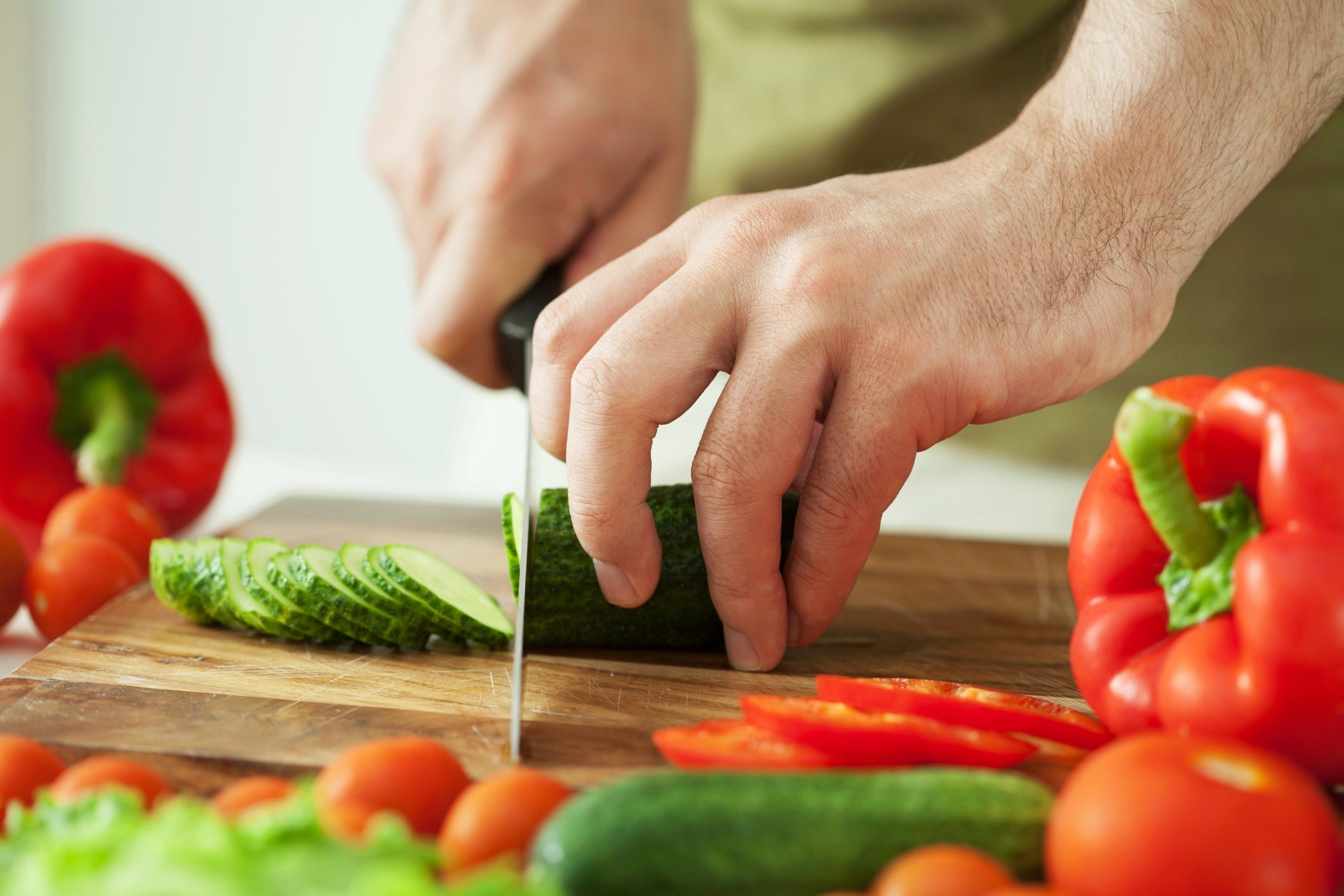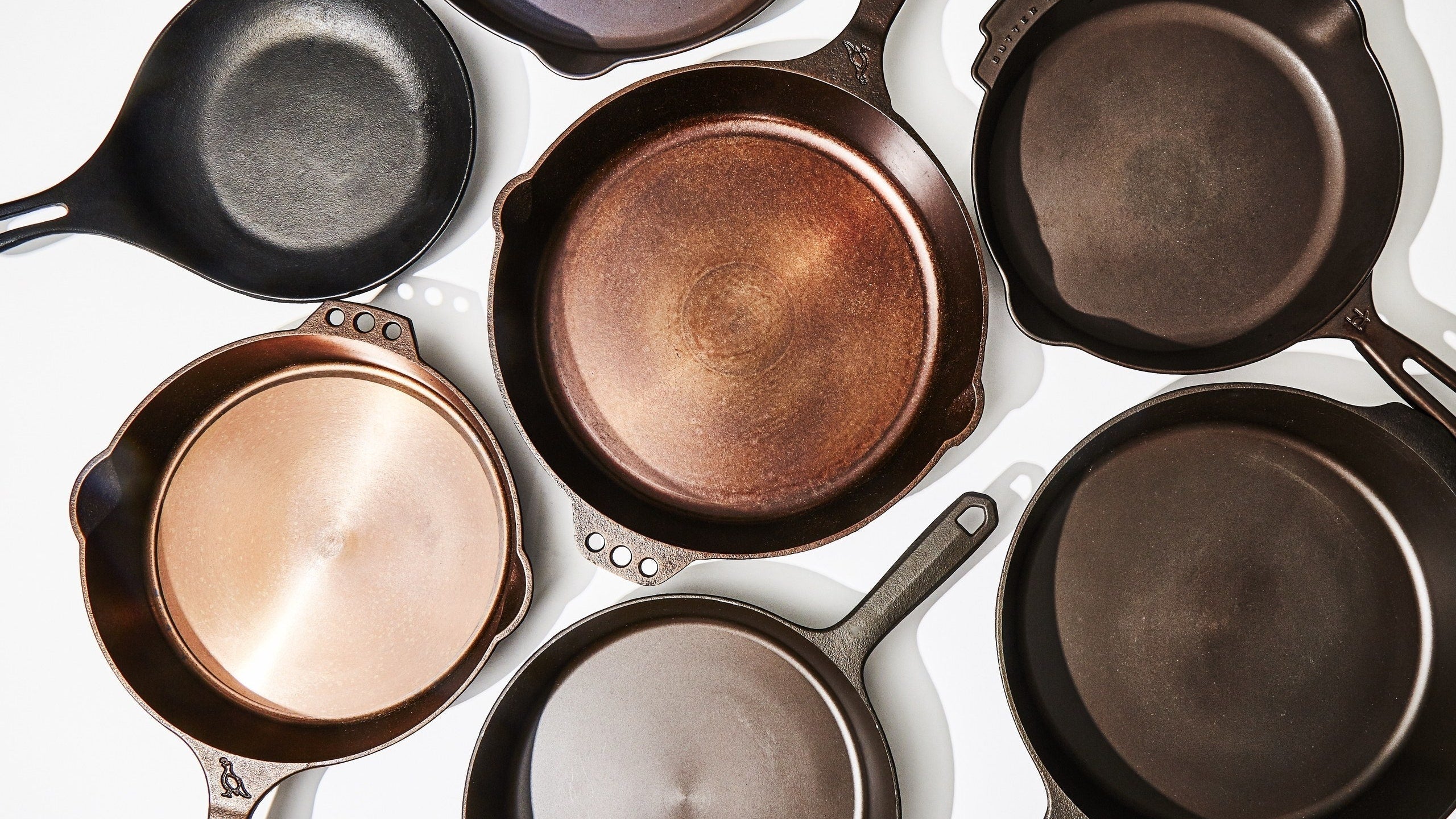In the intricate world of professional cooking, the small saucepan holds a vital place within your arsenal of kitchen tools. This unassuming yet versatile piece of cookware is designed for specific tasks, elevating everyday culinary feats into fine dining. Understanding the right size for a small saucepan isn't just about dimensions; it's about maximizing flavor, efficiency, and presentation.
Generally, a small saucepan is regarded to be between 1 to 2 quarts. This size qualifies it for cooking tasks ranging from heating sauces to simmering grains. The beauty of a small saucepan lies in its versatilityit's ideal for tasks that require close attention and precise temperature control.

Defining a Small Saucepan: Dimensions and More
The standard size for a small saucepan typically ranges from 1 quart to 2 quarts. While these measurements may seem insignificant, they play a crucial role in enhancing your cooking efficiency. If you're pondering what size is a small saucepan, remember that the size can influence cooking times, heat distribution, and the overall outcome of your dish.
Traditionally made from materials like stainless steel, copper, and non-stick coatings, the small saucepan's design is tailored for tasks that require gentle heating. Think about simmering stock, creating delicate sauces, or melting buttereach task is where a small saucepan shines.

Choosing the Right Material for Your Small Saucepan
Materials greatly affect cooking performance, which means that selecting the right one is pivotal.
- Stainless Steel: Durable and resistant to rust and stains, stainless steel is favored among professionals for its heat conductivity and even cooking.
- Copper: Renowned for rapid heating and cooling, copper saucepans allow for unparalleled temperature control.
- Non-Stick Coating: A solid option for beginners, these are perfect for low-fat cooking and easy cleanup.
Each material serves different culinary needs. For instance, a stainless-steel small saucepan is perfect for sauting vegetables, while a non-stick version excels at preparing delicate sauces without the risk of sticking.

Common Uses for a Small Saucepan in Professional Kitchens
The versatility of the small saucepan cant be overstated. Here are some common ways it is utilized within professional kitchens:
- Making Sauces: Perfect for preparing homemade sauces like hollandaise or bchamel, where precision is key.
- Cooking Grains: Any small batch of rice, quinoa, or pasta can happily co-exist within a small saucepan.
- Melting and Heating: Whether its melting chocolate or reheating leftovers, the small saucepan delivers efficiency.
When balancing several dishes, a small saucepan allows for multitasking, enabling chefs to prepare multiple components simultaneously without compromising time or quality.

Benefits of Using a Small Saucepan
Employing a small saucepan provides various benefits that can enhance your culinary practice:
- Energy Efficiency: Smaller saucepans require less energy to heat, making them an economical choice.
- Precision: Great for delicate tasks, the small saucepan enables you to control cooking temperatures with remarkable accuracy.
- Portability: Easily transported from stovetop to oven, their lighter weight is convenient for busy kitchens.
With these benefits combined, using a small saucepan becomes a no-brainer for chefs aiming for excellence.
Helpful Tips for Using a Small Saucepan
Incorporating a small saucepan into your daily cooking can be seamless, provided you keep these tips in mind:
- Monitor Heat Levels: Given their size, heat can transfer quickly, so be cautious to avoid scorching!
- Season Wisely: Small batches of sauces need just the right amount of seasoning; less can be more.
- Cleaning: Make sure to wash your saucepan with care; this will prolong its lifespan.
By applying these rules, professionals can extend the longevity of their cookware while ensuring the success of their culinary projects.
Comparing Saucepan Sizes: Small vs. Medium vs. Large
Understanding the differences among saucepan sizes is crucial for any culinary professional. Heres a brief overview:
| Size | Volume | Best Uses |
|---|---|---|
| Small | 1-2 quarts | Sauces, grains, melting |
| Medium | 3-4 quarts | Soups, stews, larger quantities of pasta |
| Large | 5 quarts or more | Family meals, large batch cooking |
When working in a busy kitchen, knowing the proper saucepan size can save time and produce better results.
Integrating Your Small Saucepan into Broader Techniques
The small saucepan also plays a role in more complex cooking methods. For example, it can be used as part of a double boiler setup when working with delicate ingredients.
Using a small saucepan to keep rice warm exemplifies its utility, showcasing its adaptability beyond simple heating tasks. Also, many chefs utilize a small saucepan for pouring sauces evenly over dishes.
FAQs about Small Saucepans
- What is the best material for a small saucepan? The best material depends on your cooking needs; stainless steel is durable, while copper excels in temperature control.
- Can I use a small saucepan for baking? Yes, some small saucepans can go into the oven, but always check the manufacturers recommendations first.
- How do I clean a small saucepan? Avoid harsh scrubbing pads; instead, use warm soapy water and a soft sponge to keep it in good condition.
In conclusion, understanding what size is a small saucepan enables culinary professionals to utilize this tool effectively. Whether making a quick sauce or reheating a side dish, the right size and material will greatly impact cooking quality.
As an Amazon Associate, I earn from qualifying purchases.






Leave a comment
This site is protected by hCaptcha and the hCaptcha Privacy Policy and Terms of Service apply.